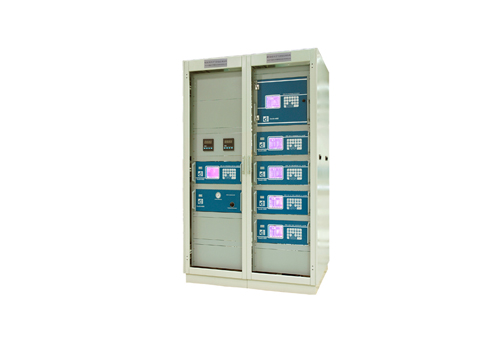(Ecns.cn) – Businessmen immediately sniffed out an opportunity and began to focus on monitors dedicated to airborne PM2.5 particles after Beijing authorities recently pledged to tighten measurement standards when monitoring the city's air quality.
On Nov. 10, authorities said that by 2015 China would lower levels of small particulate pollutants in key industrial regions and cities by 10%, and that it is likely that any new standard for air quality monitoring would include readings of PM2.5.
China has long used the PM10 scale to measure its air pollution levels. But in the next five years, as the air quality monitoring network gradually extends to cover all prefecture-level cities and some counties, the country's air monitoring industry is set to undergo an unprecedented growth spurt.
New national standard, major business opportunity
Last month, an alarming discrepancy between official data on Beijing's air quality and measurements taken by the U.S. Embassy caused public outcry over the absence of PM2.5 from the national pollution index.
PM2.5 is particulate matter less than 2.5 micrometers in diameter and one of the most dangerous components of air pollution, which is linked to lung disease, heart attacks and atmospheric haze. These ultra-fine particles account for more than half the weight of industrial dust in the air of northern China, according to Jinhua Daily.
If readings of PM2.5 are added to the list of air quality indicators in the new set of standards, it could be a bonanza for businesses in the environmental monitoring industry.
Though Beijing started to make preparations for the monitoring of PM2.5 in 2007, of the 27 monitoring locations scattered throughout Beijing, less than ten have installed devices to monitor the tiny particles, reported the Southern Weekend.
In May 2011, the Ministry of Environmental Protection released a notice concerning the monitoring of air quality in major Chinese cities, in which it required 26 provinces to select a city to add readings of PM2.5, carbon monoxide, ozone, lead and benzopyrene into new measurement standards as a pilot project across the country
On Nov. 1, the 15-year-old Determination of the Concentration of Airborne Particulate Matter was revised for the first time, and new standards regarding environmental protection brought in the method of determining the concentration of PM2.5.
This could mean a huge demand for monitors designed for PM2.5 and other components for the detection of air pollution in the future. And once environmental protection work deepens into rural areas, the environmental monitoring industry will probably create a large number of new niches.


















